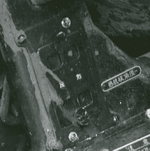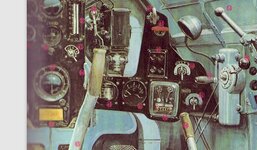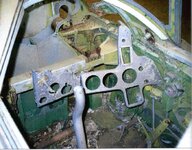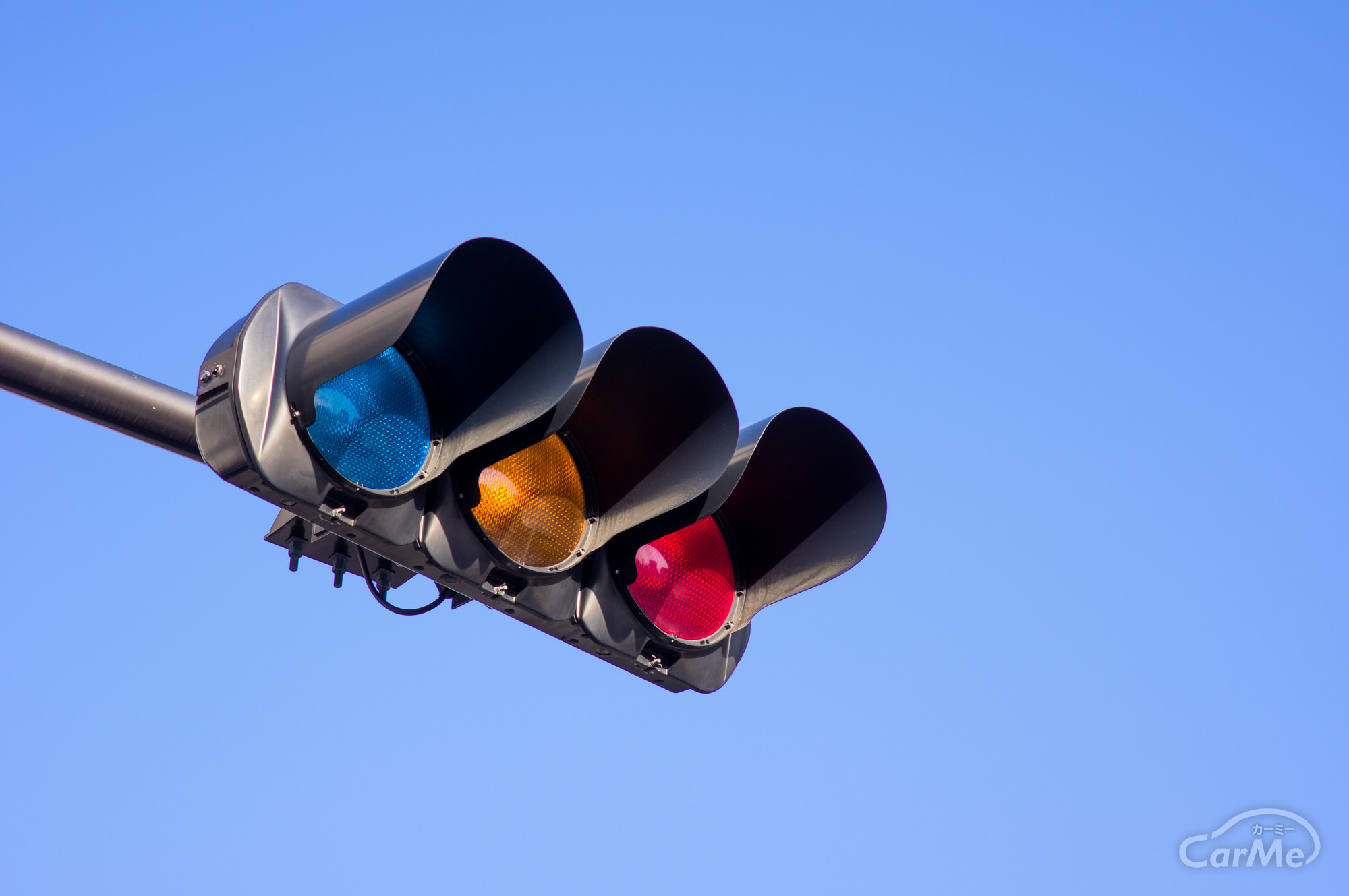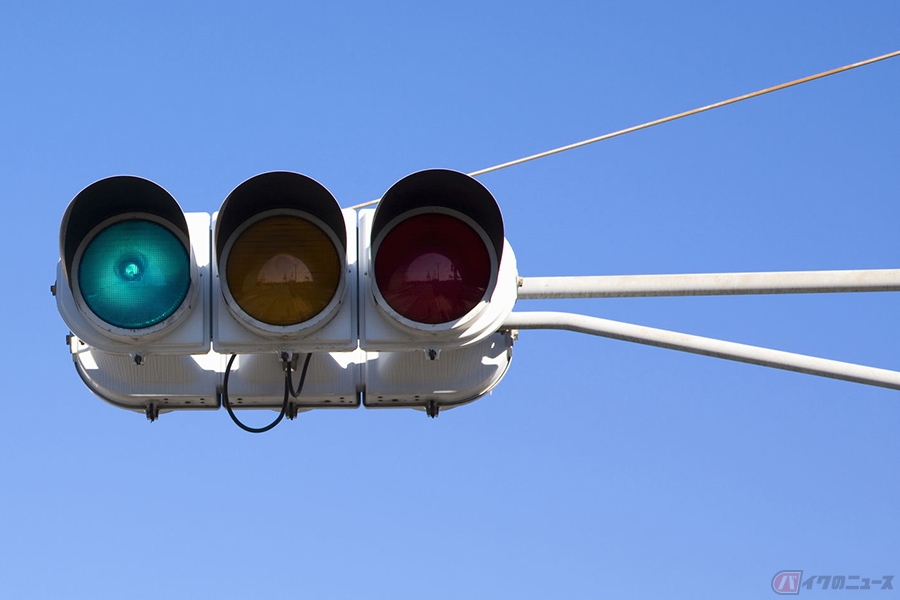Hello everyone,
This is an excerpt from a much larger photo taken by the Navy of the Val that was recovered from Middle Loch after the Pearl Harbor attack.

I am trying to build a 3d model of this plane (cockpit included), but this dive brake indicator has me stumped. How does it work? Is there another one still in existence somewhere in better condition that might show me what the indicators look like? I'm 95% sure they are not lights but some sort of insert that moves into/out of position depending on the position of the dive brakes but if someone has more insight I'd love to hear it.
Thanks!
This is an excerpt from a much larger photo taken by the Navy of the Val that was recovered from Middle Loch after the Pearl Harbor attack.
I am trying to build a 3d model of this plane (cockpit included), but this dive brake indicator has me stumped. How does it work? Is there another one still in existence somewhere in better condition that might show me what the indicators look like? I'm 95% sure they are not lights but some sort of insert that moves into/out of position depending on the position of the dive brakes but if someone has more insight I'd love to hear it.
Thanks!

